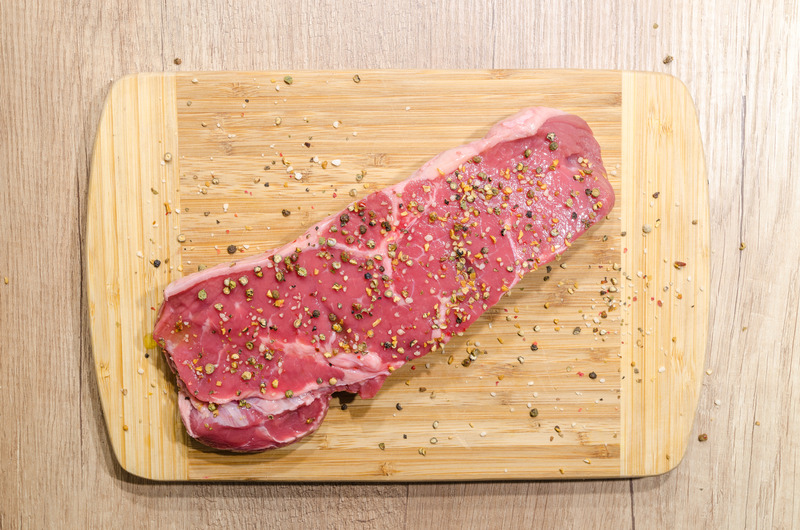There is plenty of controversy surrounding the ketogenic diet, and what workouts should be done while on the diet and what should be avoided. This is fair, as the ketogenic is a relatively intense diet that has obstacles on it’s own. However, it is not impossible to stay true to the path of keto while following an intense workout schedule, and it has been shown to actually benefit those who are going through some of the symptoms of the “keto flu”.

There are four widely recognized types of exercise, and knowing the differences between them is crucial in reaching individual goals. No matter what foods you are consuming, knowing what type of exercise best fits into your goals can be monumental in reaching success. The four main types of exercise are:
- Aerobic Exercise
- Anaerobic Exercise
- Stability Exercises
- Flexibility Exercises
Aerobic exercise is used primarily for fat burning, and is traditionally thought of as exercises that build cardiovascular capabilities. Running, biking, swimming, and hiking are all forms of aerobic exercise that can be used by individuals who are looking to steadily increase their heart rate to burn fat. If you are looking to lose weight, aerobic exercise mixed with a ketogenic diet can be a great way to find success (Bubnis 2020).
Anaerobic exercises are those that are short in length with high intensity. This would be ideal for someone who is trying to gain muscle, and will just focus on the ketogenic aspect of their lifestyle for fat-burning. While anaerobic exercises can be used to burn fat, I would recommend that you combine aerobic and anaerobic if you are trying to get that lean muscle (Bubnis 2019).
Stability exercises can also help build muscle, especially in the core, and are instrumental for people who are working on improving balance, core strength, and more dynamic movement (Leone 2020).
Flexibility exercises are of utmost importance to anyone who is undertaking a high-intensity workout regimen, as engaging in flexibility exercises will improve range-of-motion, functional abilities, and may help some people relax after a long day. Yoga is a famous example of a flexibility exercise, and the stigma surrounding yoga has all but disappeared in today’s climate. Flexibility training should be used alongside any workout regimen you follow, and the results will surely be noticed (Harvard Health).
Depending on what your goals are for the ketogenic diet, you might want to use a combination of multiple exercises to fine-tune the spots that you want to target, but if you are on the diet to strictly lose weight a combination of aerobic exercise and flexibility training will surely help you reach your goals. If you don’t want to lose weight but would rather lose fat, anaerobic exercises combined with some stability and flexibility exercises should get you where you want to be. It is of utmost importance to decide what your goals are with the diet, and use these four benchmarks as a template for your success with the diet.
Nick,
I really enjoyed reading about how to gain bulk while on the keto diet. Even thought, I myself am not on the diet, I still find it interesting to read about. I don’t think I could ever try the keto diet, or any diet in particular. There are so many different diets and workouts that people do! I think the best thing to do is listen to your body, and do what feels best for you. Great post!